Learn Sourdough Basics: What is it? The Science of how It works? and Why its so much better than store bought and why everyone loves it?
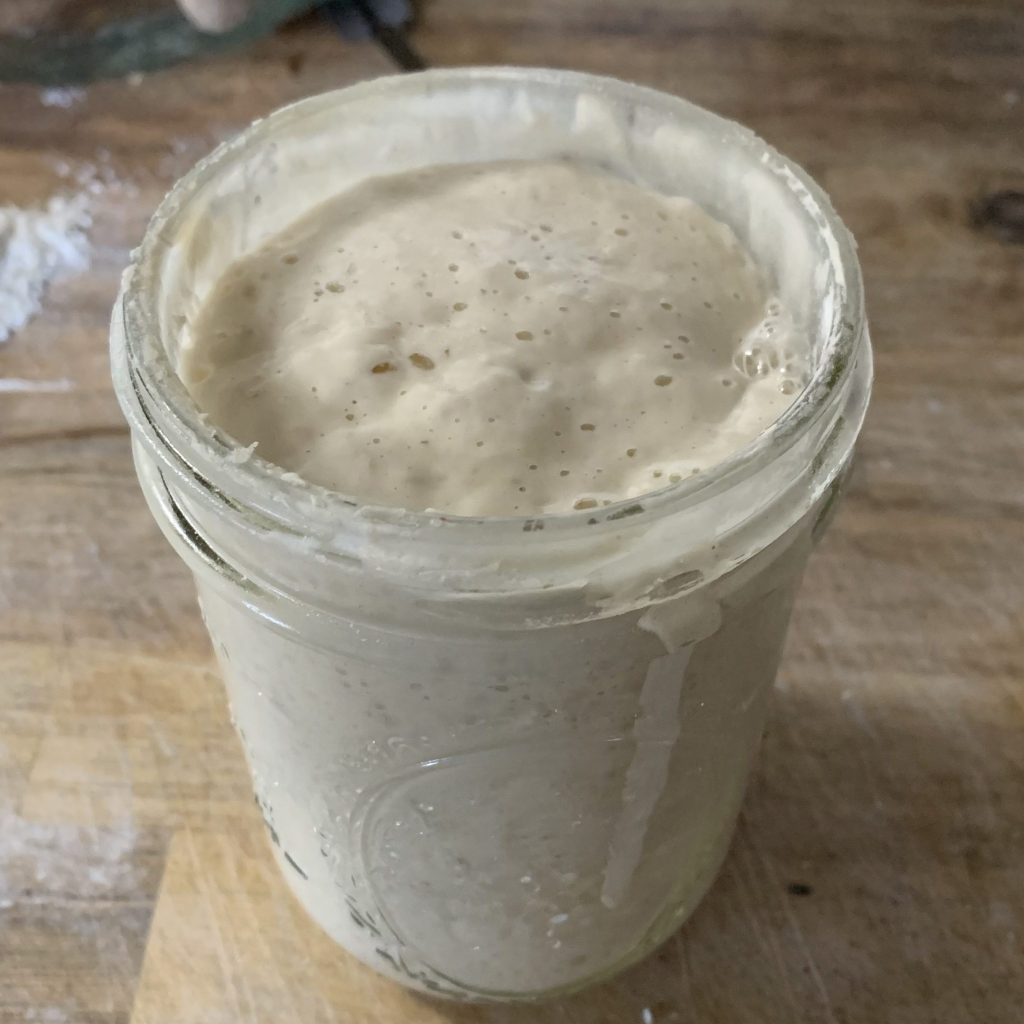
Sourdough Starter Basics: The What, How and Why?
What is it?
First let’s start by asking what even is Sourdough?
Sourdough contains a symbiotic relationship (a relationship that is equally beneficial to both microbes) between good lactic acid bacteria and wild yeasts.
These microbes come together in your flour and water mixture and create a fermentation called Lactic Acid Fermentation. These microbes ferment the flour and produce the acids that gives sourdough the yummy sour taste its known for, while also making the nutrients more available for your body to utilize.
Isn’t it so fascinating! Read on for more….
How Does it work?
The Role of Yeast in Sourdough
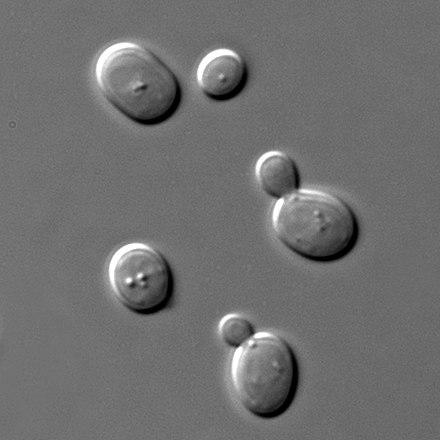
Masur, Public domain, via Wikimedia Commons
The wild yeasts strains in sourdough is vast. Microbiologists have counted over 70 different strains, which is much more diverse than the 3 strains used in typical bakers yeast.
These yeast come from your skin, the flour you use and even the air around your Sourdough starters environment. However, you dont need to try to capture these yeast because most are living on the flour you use.
Now Im over here imagining myself dancing around the kitchen with my bowl of sourdough starter, trying to capture yeast from the air. Haha… Seriously though, that’s not necessary.
These wild yeast are much of what make each sourdough starter so unique. Check out my Easy Sourdough Starter Instructions.
This same yeast is also what causes our breads to rise. The warm, wet environment allows yeast to consume the carbohydrates in the flour. As the yeast digests the carbs, it produces alcohol and carbon dioxide. This gas then causes the bread to rise and gives the bread its light airy texture.
Bacterias Role in sourdough
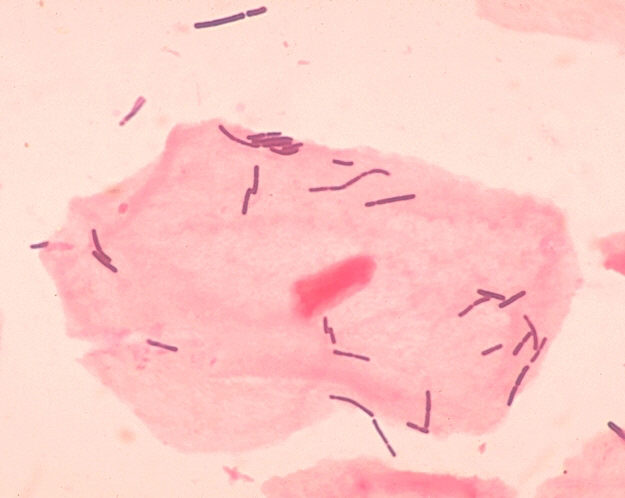
Photo Credit: Janice CarrContent Providers(s): CDC/Dr. Mike Miller, Public domain, via Wikimedia Commons
The bacteria is just as numerous as the yeast, with studies detecting 50+ strains that can differ widely depending on where in the home the starter was kept and even whether a male or female is the one preparing the sourdough.
The different strains of Lactobacilli bacteria, naturally occurring in sourdough, consumes the sugars in flour and turn them into lactic acid. The bacteria also consumes the alcohol, produced by the yeast, and converts it to Acetic Acid.
These two acids are what give sourdough breads their signature sour taste. That nostalgic tangy flavor is also what gives the bread a longer shelf life without the use of chemical preservatives.
Have you ever seen the episode of Good Eats (season 15 episode 10) where Alton Brown gives an animation of yeast eating and producing gas? If you haven’t seen it I highly recommend looking it up, it’s an old episode but still awesome and one I’ve never forgotten.
Why use sourdough starter instead of store bought yeast?
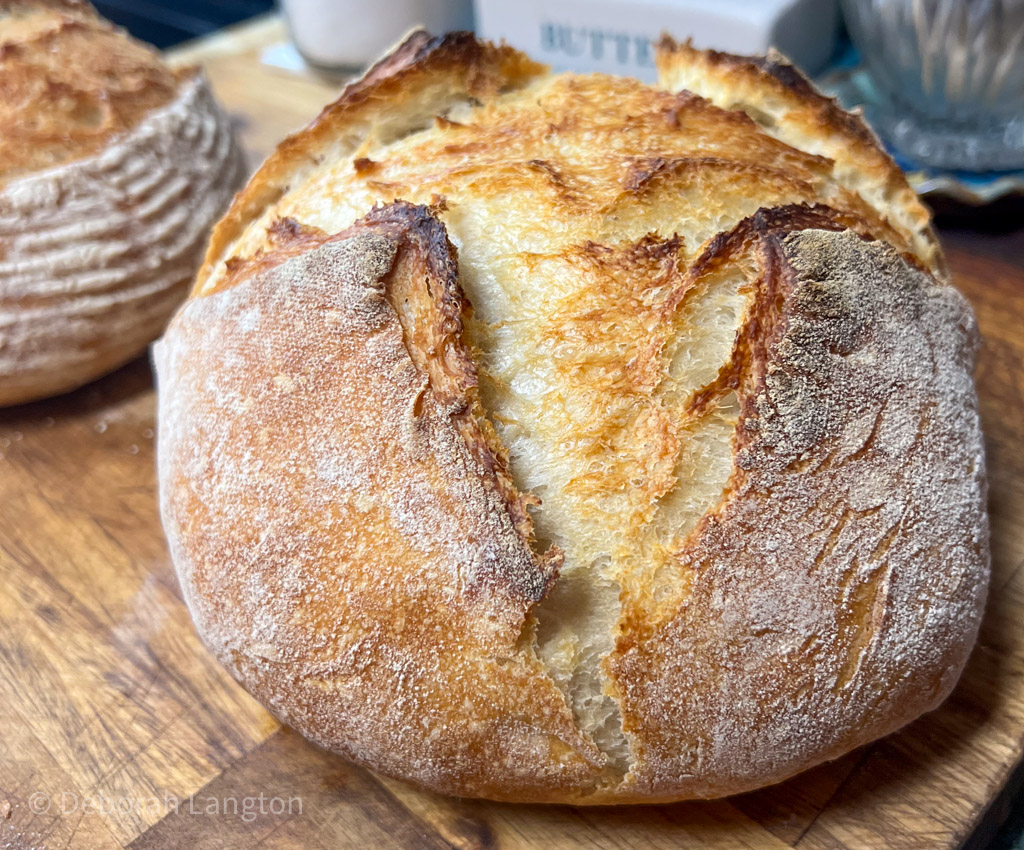
Flavour
For one, the flavor that is developed from the uncontrollable 50+ bacteria and 70+ yeast strains in the fermentation process can’t be reproduced with the very controlled 3 strains of store bought yeast.
Phytic Acid

Jynto (more from this user), CC0, via Wikimedia Commons
This is the biggest reason that I choose sourdough starter. During the fermentation process, the yeasts and bacteria partially process the grain and weaken a protective enzyme called Phytic Acid.
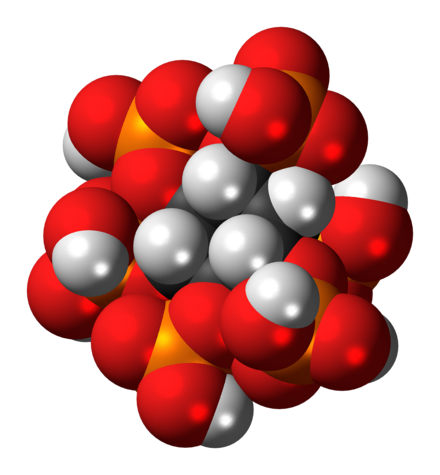
Jynto (more from this user), CC0, via Wikimedia Commons
Phytic Acid is a component in grains, legumes, and nuts and seeds that protect them from being easily digestible. Its what allows birds to eat seeds from fruit and then eliminate it later undigested. That in turn gives the seed another chance at reproduction.

Jynto (more from this user), CC0, via Wikimedia Commons
This component also makes these items difficult for humans to digest. In fact, not only are we not able to digest phytic acid, it actually binds to key nutrients, such as Calcium, Iron, and Zinc in our body. So, phytic acid keeps us from fully digesting grains, but it also robs nutrients from our body.
However, when we ferment our nuts, seeds, legumes, and grains the fermentation process actually breaks down that phytic acid, allowing our bodies to absorb the nutrients from them and preventing phytic acid from robbing our bodies further.
Glycemic Index
Further more, because the bacteria and yeast have partially digested the carbohydrates and sugars in the grains, Sourdough bread is less likely to spike blood sugar levels in the body.

Resources to begin your journey:
Here are a few resources I learned from in those early days
Wardee at The Traditional Cooking School of GNOWFGLINS who had just begun her journey of teaching Traditional food prep methods. I lapped up her knowledge, like a thirsty pup, trying to understand this new art of food preparation. This is also where I first read about sourdough and where my journey first began.
Nourishing Traditions– perhaps my #1 favorite book, along with their Nourishing Broth, at the time when blogs were just beginning and resources were still not abundant.
There is even a Nourishing Traditions Cookbook for Children, which I didnt find out about until just a few years ago. We will be using this for my 4th grader this year. My soon to be 15 year old is going to read through the original for her nutritions credit.
Weston A Price Foundation, one of the pioneers in educating the public and making this information available for all.
In conclusion…
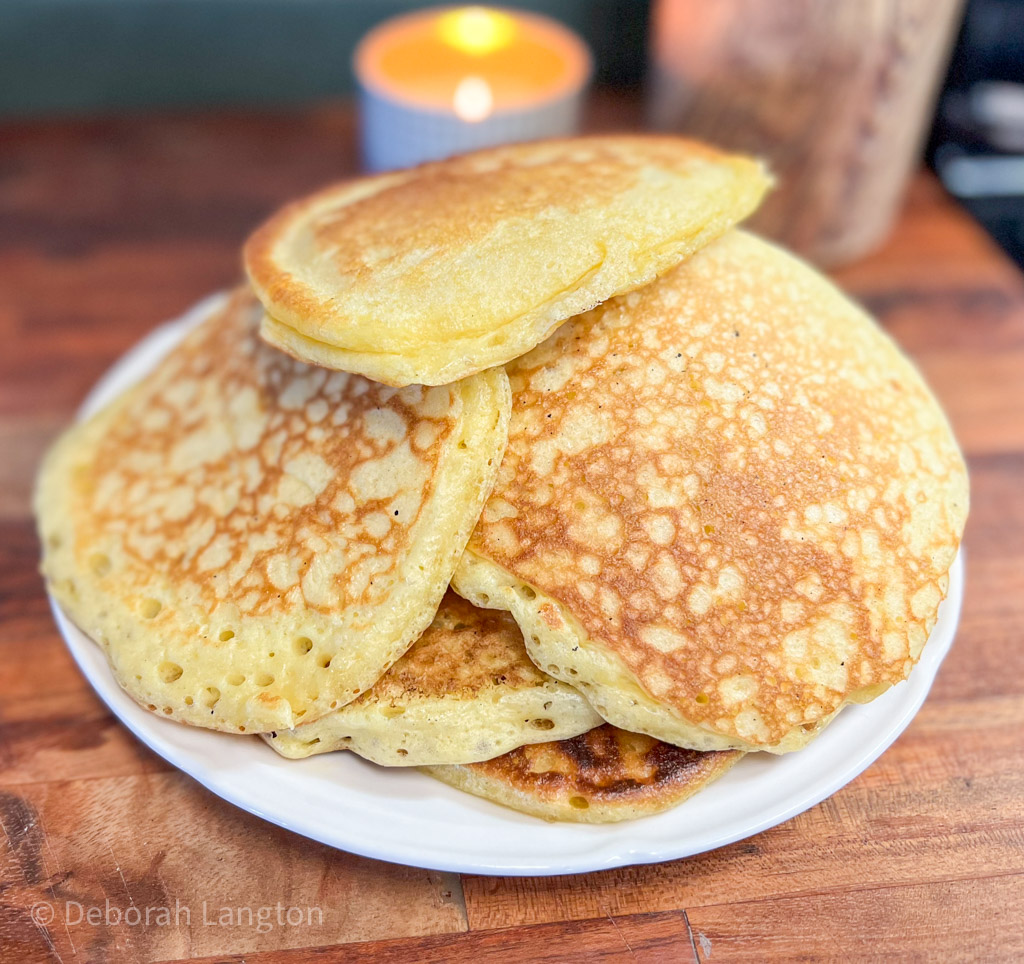
Easy Sourdough Discard Pancakes
When I first learned about Phytic Acid over 10 years ago, my oldest was a toddler and I went on a rampage of fermenting all that I could.
I soaked my beans, we drank Kombucha and fruity Kiefer smoothies everyday, made Sauerkraut and rarely ate fast food. However, It took me a few years to get up the nerve to try my hand at sourdough.
Once I took that leap, I was determined to learn this ancient way of baking bread, with the hope of never buying store bought bread again.
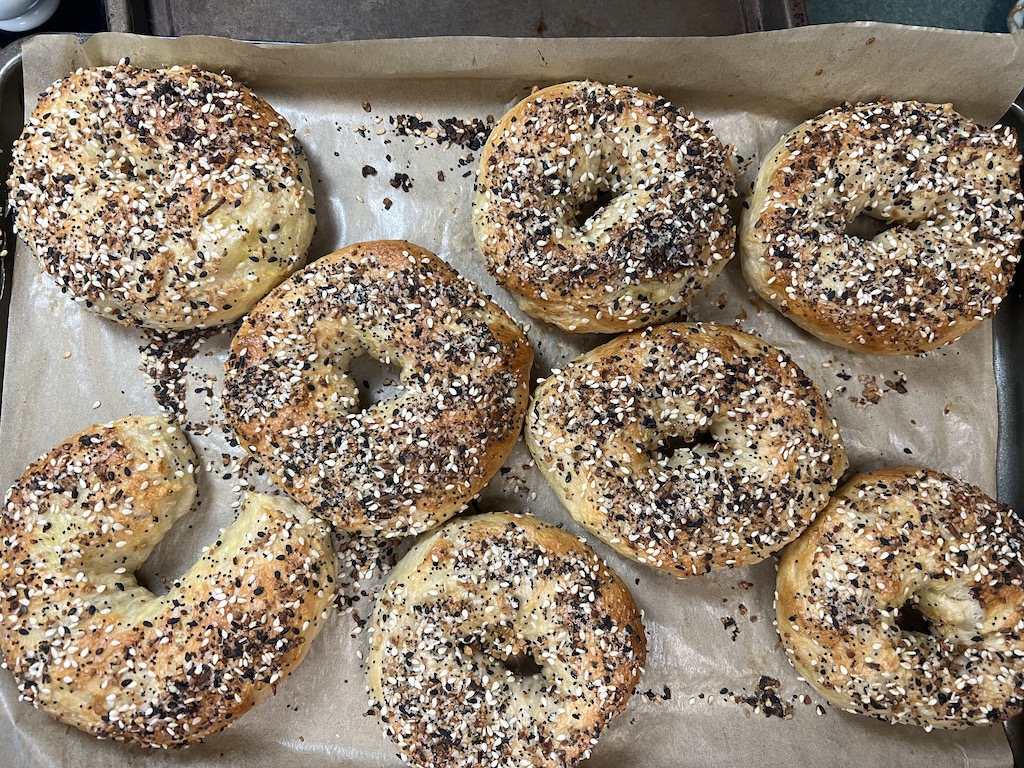
Sourdough Bagels With Everything Bagel Seasoning on top
Since then life has taught me a few lessons. Four more children were born, pregnancies were extra challenging, and I’ve had to learn to give a little. During my most challenging seasons, food on the table and in hungry bellies was more important than optimizing nutrition.
However, it is still very much my objective to feed myself and my family the most nutritious foods that I can. As often as we can, we make our foods from scratch.
I love fermentation. It’s a fascinating process to me and a simple way to enhance our foods nutritional qualities. Be Blessed and give Sourdough a shot. Im convinced you will love it.

Leave a Reply